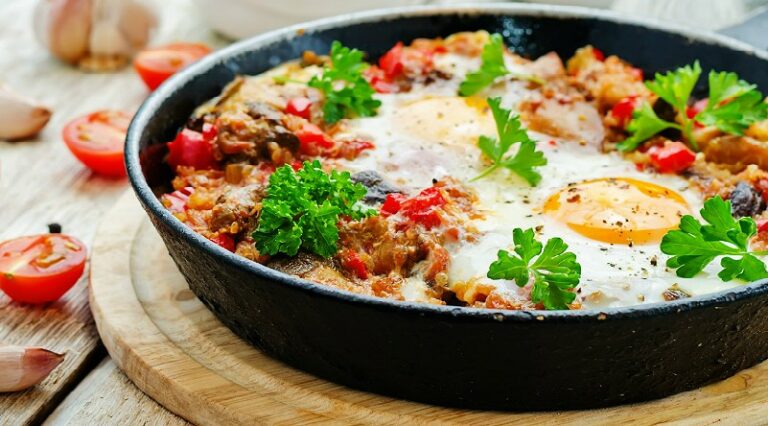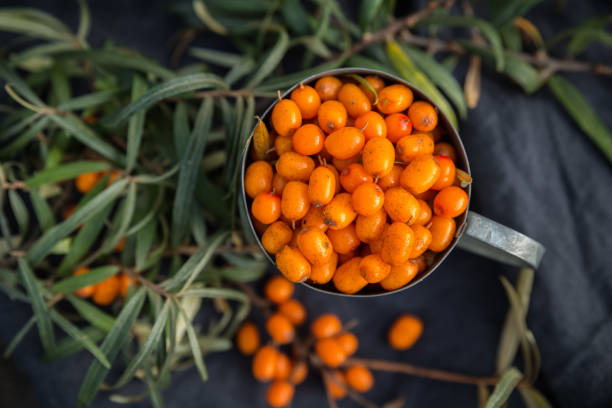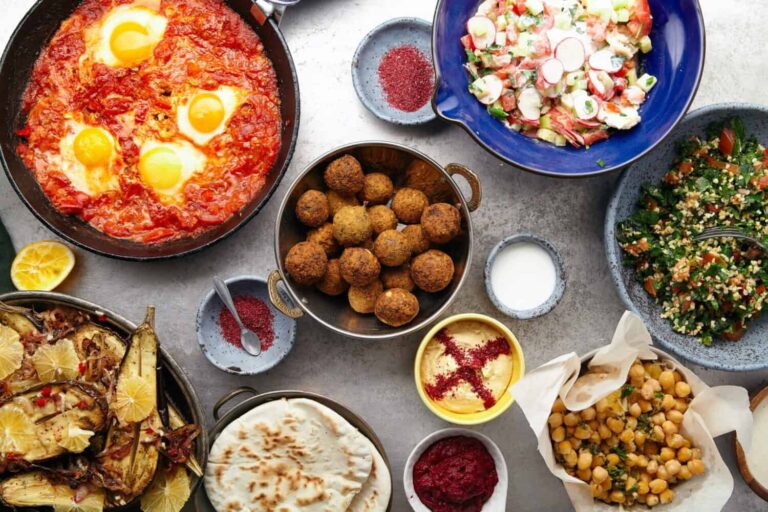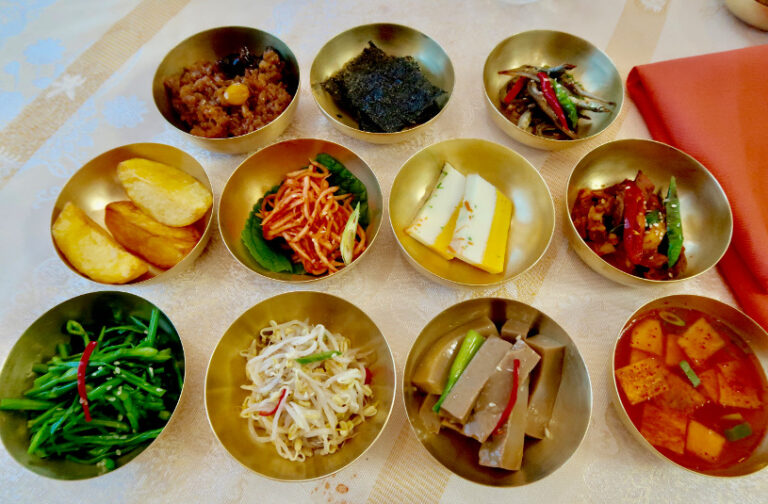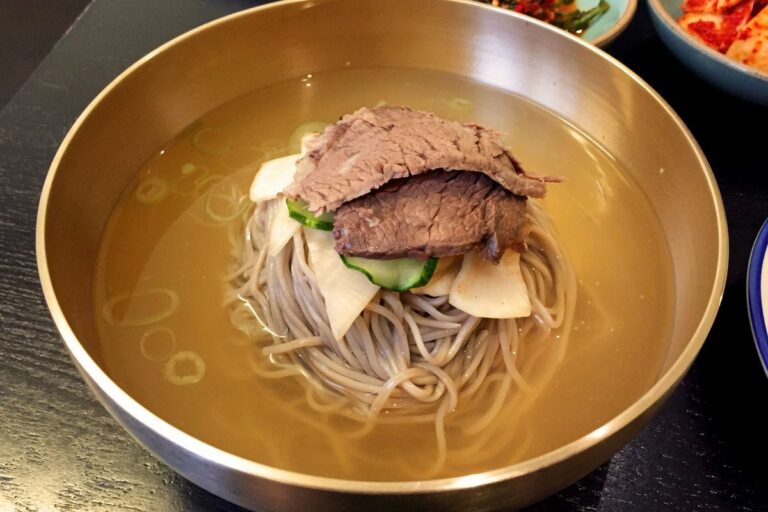Introduction: Tunisian Desserts
Tunisian desserts are a reflection of the country’s history, culture, and geography. Located in North Africa, Tunisia has a diverse culinary tradition that blends Mediterranean, Arab, and Berber influences. Tunisian desserts are known for their sweetness, intricate designs, and use of unique ingredients such as rose water, orange blossom, and semolina.
Ingredients: The Unique Flavors of Tunisia
One of the distinctive aspects of Tunisian desserts is the use of spices and herbs that are not commonly found in other North African cuisines. For example, harissa, a fiery chili paste, is often used in sweet dishes to add a spicy kick. Tunisian desserts also incorporate fragrant ingredients such as cinnamon, clove, anise, and cardamom, which give them a rich and complex flavor.
Another notable ingredient in Tunisian desserts is semolina, which is a type of wheat flour that is used to make a variety of pastries and cakes. Tunisian desserts also feature a range of nuts, including almonds, pistachios, and hazelnuts, which add a crunchy texture and nutty flavor.
Traditional Tunisian Desserts: Pastries and Sweet Delights
Tunisian cuisine is known for its pastries, which are often served with mint tea or coffee. One of the most famous Tunisian desserts is baklava, a sweet pastry made of layers of phyllo dough, honey, and nuts. Another popular pastry is ka’ak warka, which is a crispy, flaky cookie that is filled with almond paste or dates.
Other traditional Tunisian desserts include makroudh, a diamond-shaped pastry made with semolina dough and filled with dates or almonds, and zlabia, a deep-fried doughnut that is soaked in honey or syrup.
The Influence of Mediterranean and Arab Cultures
Tunisian desserts are a product of the country’s rich cultural heritage. The cuisine has been influenced by various civilizations, including the Phoenicians, Romans, Arabs, and Ottomans. The Mediterranean climate and geography have also played a role in shaping Tunisian cuisine, as the country is known for its fertile land and abundant seafood.
Tunisian desserts reflect this cultural and geographic diversity, with a range of influences that can be seen in their unique flavors, textures, and designs.
The Role of Dates and Almonds in Tunisian Desserts
Dates and almonds are two key ingredients in Tunisian desserts, and they are often used together to create a rich and sweet flavor profile. Dates, which are abundant in Tunisia, are used in a variety of sweet dishes, from makroudh to date-filled pastries.
Almonds, which are also grown in Tunisia, are used in a range of desserts, from almond paste fillings to almond-flavored cakes and cookies. The combination of dates and almonds is a common theme in Tunisian desserts, as they complement each other’s flavors and textures.
Final Thoughts: Sampling Tunisian Sweets
Tunisian desserts are a delicious and unique part of the country’s culinary tradition. From baklava to ka’ak warka to zlabia, Tunisian pastries offer a range of flavors and textures that are sure to satisfy any sweet tooth. Whether you are in Tunisia or trying Tunisian desserts at home, be sure to savor the unique flavors and ingredients that make these desserts so special.

